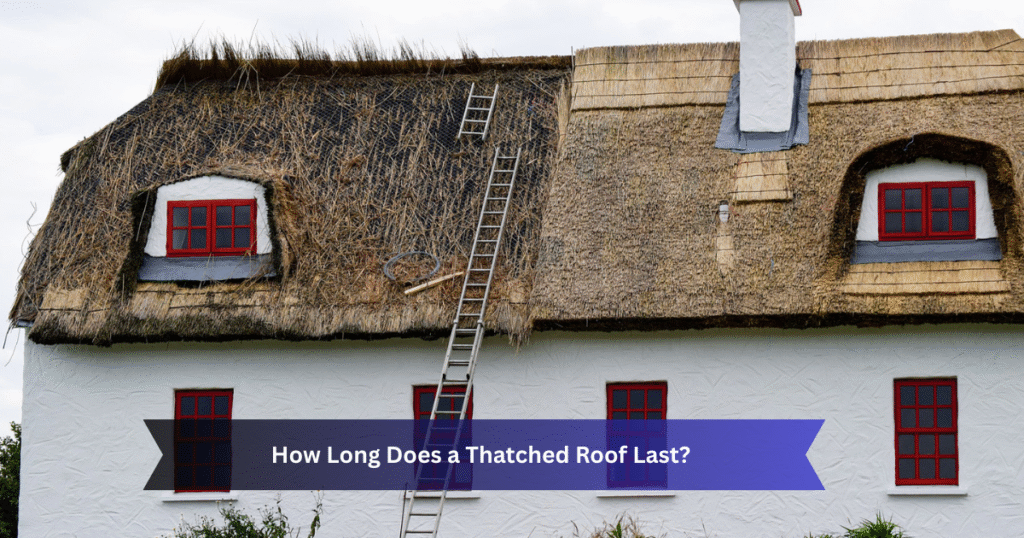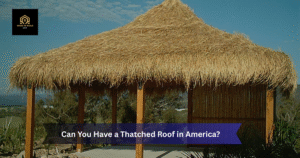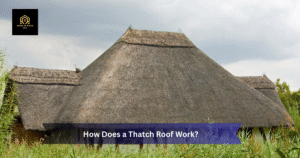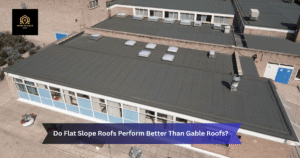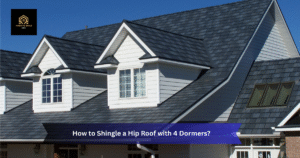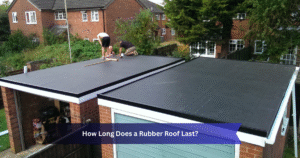A thatched roof is one of the most charming and traditional roofing styles, often seen on cottages, historic homes, and country-style properties. While they may look timeless, many homeowners and property managers wonder about one key thing—how long does a thatched roof actually last?
The answer depends on several factors, including the type of thatching material, climate, maintenance, and craftsmanship. In the United States, where thatched roofs are rare but valued for their rustic beauty, understanding their lifespan is crucial for long-term care and investment planning.
Average Lifespan of a Thatched Roof
Thatched roofs often survive 20 to 40 years before needing to be replaced entirely. However, certain sections—like the ridge—may need replacement sooner, typically every 10–15 years.
The actual lifespan depends on:
- Material used – Water reed lasts longer (up to 40 years) than long straw (15–25 years).
- Roof pitch – Steeper roofs shed water better, preventing rot and decay.
- Weather exposure – Strong winds, rain, or snow might reduce lifetime.
- Maintenance quality – Regular cleaning, repairs, and inspections greatly extend longevity.
Types of Thatching Materials and Their Lifespan
Choosing the right material plays the biggest role in how long your thatched roof lasts.
| Thatching Material | Average Lifespan | Key Features |
| Water Reed | 30–40 years | Highly durable, resists decay, ideal for wet climates |
| Long Straw | 15–25 years | Softer look, requires more frequent upkeep |
| Combed Wheat Reed | 25–35 years | Neat finish, durable with proper care |
| Sedge (for ridges) | 10–15 years | Used mainly for decorative and protective ridge layers |
Factors That Affect a Thatched Roof Lifespan
- Climate and Weather Conditions
- Constant rain or snow increases moisture retention, which can lead to fungal growth.
- In hot, dry climates, thatch may become brittle and wear out faster.
- Roof Pitch
- A 45-degree or steeper pitch is ideal to allow water to run off quickly.
- Flatter roofs hold water longer, speeding up deterioration.
- Craftsmanship
- Skilled thatchers create tighter, more even layers, which last longer and resist weather damage.
- Poor workmanship can cut the lifespan in half.
- Maintenance Schedule
- Small repairs and yearly inspections can greatly increase the roof’s lifespan.
How to Extend the Life of a Thatched Roof
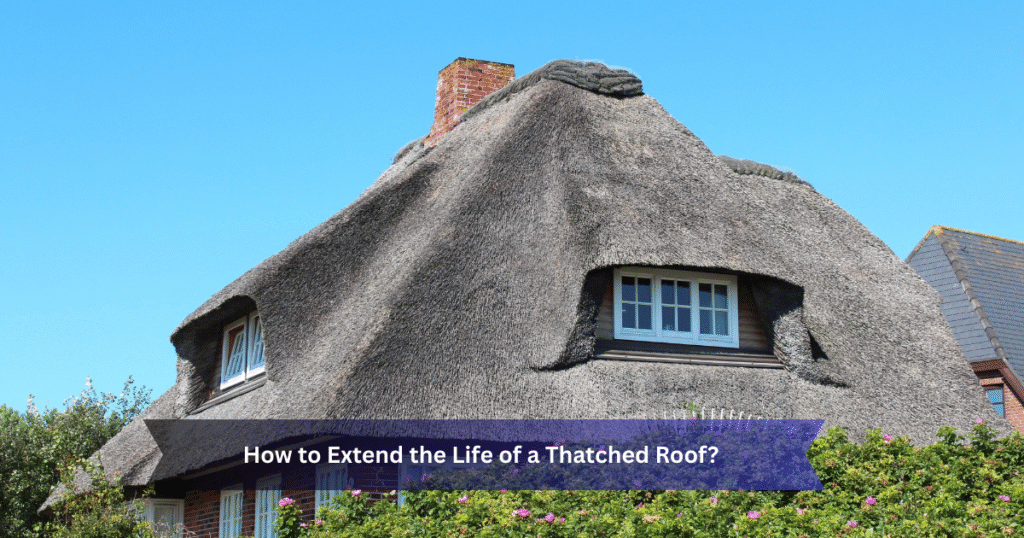
Use these upkeep suggestions to extend the lifespan of your thatched roof:
- Annual Inspections – Catch problems early before they cause serious damage.
- Ridge Replacement – To preserve the primary thatch, replace the ridge every ten to fifteen years.
- Remove Moss and Algae – These hold moisture and speed up decay.
- Repair Bird or Rodent Damage – Animals can pull out thatch for nesting.
- Ensure Good Ventilation – Proper airflow helps dry the roof after rain.
Signs Your Thatched Roof Needs Repair or Replacement
- Thatch is thinning or uneven.
- You notice leaks inside the property.
- The ridge is visibly worn or sagging.
- The roof appears discolored, with heavy moss growth.
Cost Considerations for Thatched Roofs in the USA
In the United States, installing a new thatched roof can cost $20,000–$40,000, depending on size and materials. Maintenance costs are lower but should be budgeted annually.
While this may seem expensive compared to asphalt shingles, many homeowners invest in thatching for its unique beauty, natural insulation, and historic value.
Thatched Roof Lifespan in the USA vs. UK and Other Countries
In the UK and Europe, where thatched roofing is more common and materials are locally sourced, lifespans tend to be on the higher end. In the USA, where climate varies greatly and materials may be imported, lifespan may be slightly shorter unless maintenance is top-notch.
Final Thoughts
A thatched roof can last 20–40 years with proper materials, installation, and care. While it requires more maintenance than modern roofing, its beauty, character, and historical charm make it worth the effort for many property owners.
If you’re in the USA and considering thatching, find a skilled thatcher familiar with your local climate, invest in quality materials, and commit to regular upkeep. That way, you’ll enjoy decades of timeless style and reliable shelter.
Also read our latest blog post:
